In the world of gardening and nature enthusiasts, there exists a unique and intriguing category of seeds – those that bear an uncanny resemblance to the human brain. While walnuts take the crown as the most striking example, there are several other seeds that exhibit this captivating mimicry. In this exploration, we’ll delve into the mesmerizing world of seeds that look like a brain and uncover their hidden secrets.
Check out Teddy Bear Plant : Comprehensive Care Guide click here...
Walnut (Juglans regia)

At the top of our list is the walnut, nature’s near-perfect mimicry of the human brain. The intricate undulations and creases of a walnut shell closely emulate the convoluted surface of our brain. But the resemblance doesn’t end there; walnuts are renowned for their cognitive-enhancing omega-3 fatty acids, adding an extra layer of fascination to their cerebral allure.
Pecan (Carya illinoinensis)
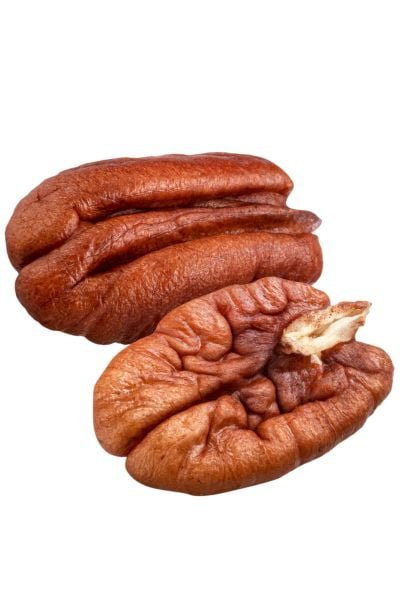
Crack open a pecan, and you’ll unveil inner segments that vaguely resemble the cerebral hemispheres. Beyond their visual appeal, pecans are not only delicious but also serve as a reservoir of essential nutrients, making them a nourishing snack.
Acorn (Quercus spp.)

The internal structure of an acorn, cleaved into dual halves, bears a subtle likeness to the hemispheres of the brain. Acorns, as the progenitors of majestic oak trees, play a pivotal role in forest ecosystems.
Check out Hoya Bella: The Charming Star of Your Indoor Garden Click here...
Avocado (Persea americana)

The seed ensconced within an avocado is substantial and sleek, sharing an analogy with the configuration of the human brain. Interestingly, avocado seeds occasionally find utility in artistic pursuits, such as carving or craftsmanship.
Jujube (Ziziphus jujuba)

The wrinkled texture of jujube seeds can invoke reminiscences of the convolutions of a brain. Jujube fruits hold eminence in traditional medicine and are believed to harbor sundry health benefits.
Buddha Nut (Entada spp.)
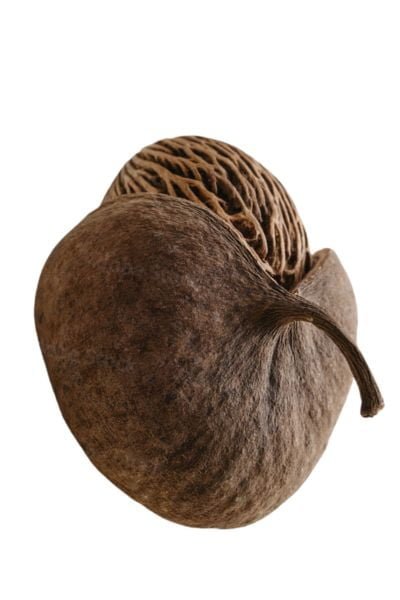
These expansive, flat seeds possess an appearance that symbolically mirrors a tranquil, contemplative psyche. Buddha nuts frequently serve as decoration and are esteemed as talismans in select cultures.
Ginkgo Biloba (Ginkgo biloba)
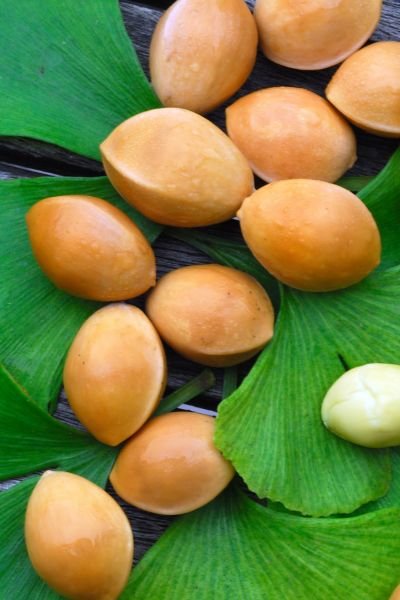
Ginkgo biloba seeds assume a unique, fan-shaped contour, which can allude to the intricacies inherent in the human brain. This plant is celebrated for its potential cognitive enhancements.
Check out 35 Types of Snake Plants to Beautify Your Indoor Garden Click here...
Passionflower (Passiflora incarnata)

The seeds of the passionflower plant, with their rounded shape and numerous fine lines, can sometimes evoke the intricate texture of the human brain’s surface. Passionflower seeds are used in traditional herbal remedies and are believed to have calming properties.
Sweetgum (Liquidambar spp.)
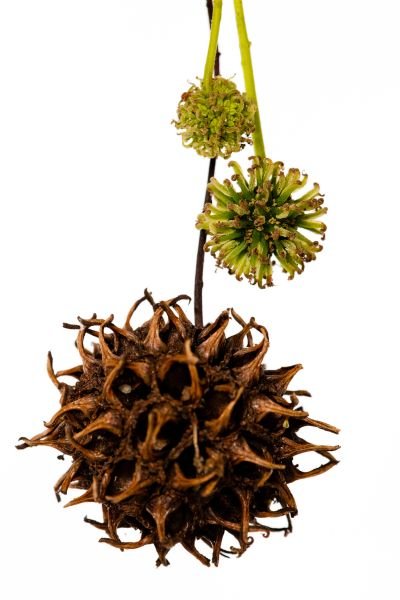
Sweetgum seeds exhibit a spiky, spherical form that can evoke contemplation of the intricacies of the brain. Craftsmen often incorporate these seeds into their work, adding a distinctive touch to decorative items.
Watermelon Seed (Citrullus lanatus)
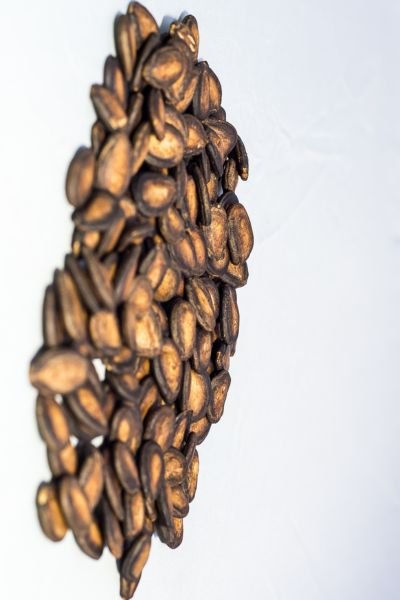
Dried watermelon seeds, while not an exact copy, can adopt an appearance reminiscent of a cerebral hemisphere. These seeds enjoy popularity as a snack in myriad cultures and also find application in traditional medicine.
Check out Dracaena Angolensis: The Captivating Dragon Plant click here...
In conclusion, nature’s ability to mimic the human brain through various seeds is both esthetically and intellectually mind-blowing. While these seeds may not be exact replicas, they provide a window into the marvels of the natural world. They inspire us to remain curious, appreciative, and respectful of the opulence and variety that Mother Nature bestows upon us through the captivating realm of botanical mimicry with seeds that look like a brain.
Explore more wonders of the world and broaden your knowledge horizons with us at Gardener’s school – your window to the world of knowledge, technology, science, health, and more. Stay curious and keep exploring!
Pingback: Unveiling the Beauty of 6 Blue House Plants
Pingback: Unusual, Cool and Unique Plants With Weird Flowers -
Pingback: Stop buying avocado, Learn how to grow it at home
Pingback: The Comprehensive Guide to Lemon Tree Growth Stages
Pingback: Secrets of Growing Prickly Pear Cactus in Your Garden -
Pingback: Amazing Trees that start with ‘M’ - Gardener's School
Pingback: Cosmos Garden: Unlock the Secrets to a Spectacular - Gardener's School
Pingback: 12 White Flowers That Add Bold Beauty to Any Garden
Pingback: Amazing Secrets : Trees That Start with X -
Pingback: Grow Your Own Wisteria from Seeds : A Step-by-Step Guide - Gardener's School